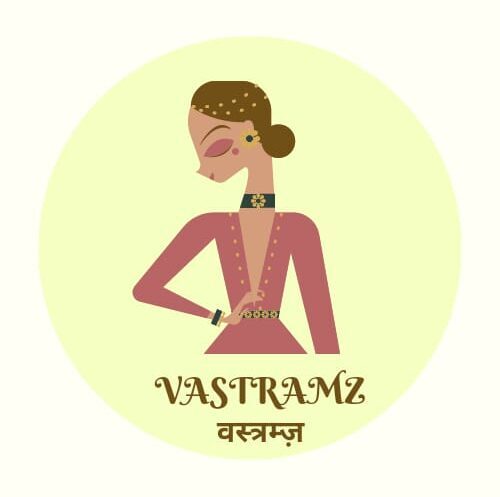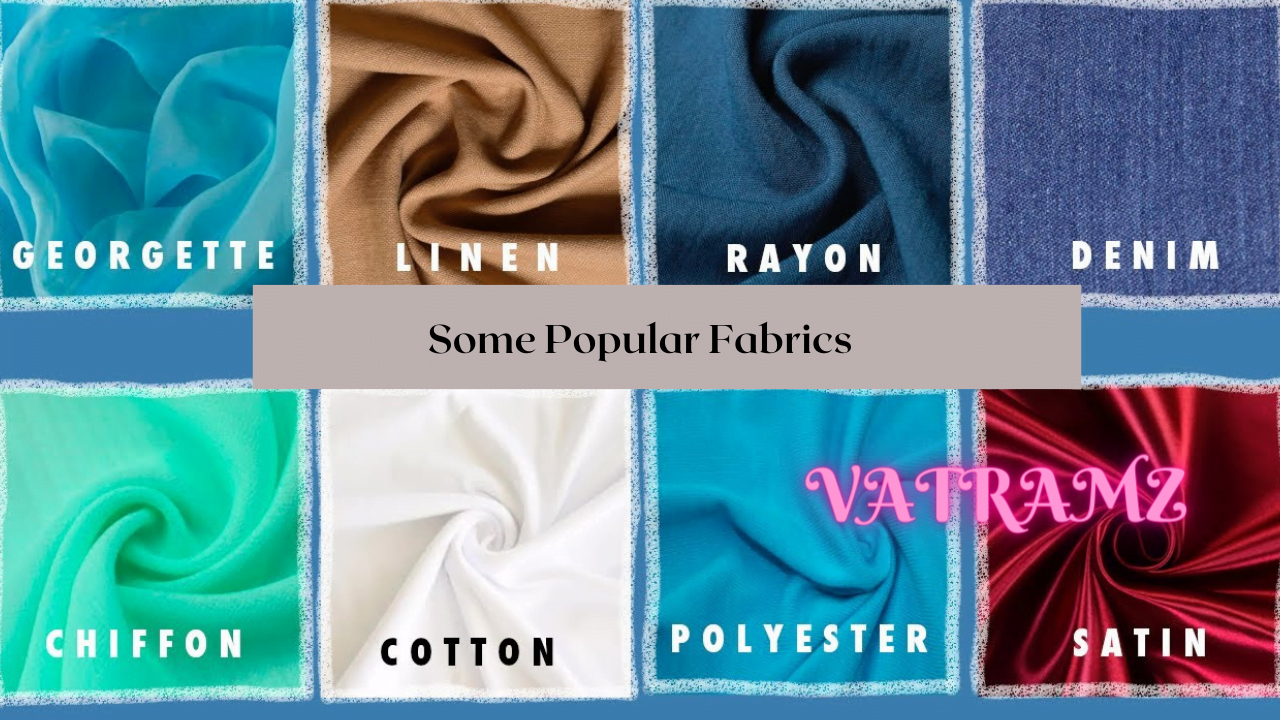Fabric has been an indispensable part of our lives since prehistoric times. It’s fascinating to think that the very word ‘fabric’ is derived from the combination of the words ‘fiber’ and ‘construction’.
Fabric = Fiber+Construction
Fabric has come a long way since the days of our caveman ancestors who made basic felt items. Today, with the advent of dyes and synthetic textiles, fabrics have expanded their properties and uses beyond our wildest imagination.
From essential clothing to ostentatiously artistic creations, fabrics have never lost their universal appeal for both adornment and expression. The first use of woven textiles can be traced back 100,000 years ago, discovered in a Neolithic site in Anatolia. These surviving examples of textiles are believed to date from 6500 BC and were made from a very basic form of felt, produced on a loom and then tied in place.
Different Types Of Fabrics:
Fabrics can be classified into two types, Natural Fabric and Artificial or Man Made Fabric.
Natural Fabric
For thousands of years, only natural fabrics made from renewable and natural sources like flax (linen), silk, cotton, and wool were in use. Natural fabrics are further categorized into cellulose base, protein base, and mineral-based on the element used to make fiber.
Man-Made Fabric
Man-made fibers were developed to overcome the limitations of natural fibers, such as creasing and shrinking. Synthetic fibers are the result of extensive research by scientists to replicate naturally occurring animal and plant fibers. It’s remarkable to see how far we’ve come, from the basic felt items of our caveman ancestors to the intricate fabrics we use today.
Lets Take A Look At Different Types Of Fabric In Details
1.Canvas: Canvas is a plain-weave fabric typically made out of heavy cotton yarn and, to a lesser extent, linen yarn. Canvas fabric is known for being durable, sturdy, and heavy duty. By blending cotton with synthetic fibers, canvas can become water resistant or even waterproof, making it a great outdoor fabric. Backpacks, Jackets, bags, tents and Handbags are some products made from it.

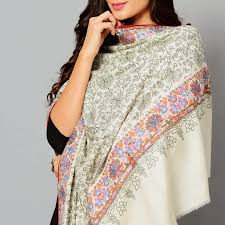
- Cashmere. Cashmere is a type of wool fabric that is made from cashmere goats and pashmina goats. Cashmere is a natural fiber known for its extremely soft feel and great insulation. Historically originated in the mountainous region of Kashmir in the north of the Indian Subcontinent.
The fibers are very fine and delicate, feeling almost like a silk fabric to the touch. Cashmere is significantly warmer and lighter than sheep’s wool. Often cashmere is made into a wool blend and mixed with other types of wool, like merino, to give it added weight, since cashmere fibers are very fine and thin. Pure Cashmere can be very expensive because of involved production processes.
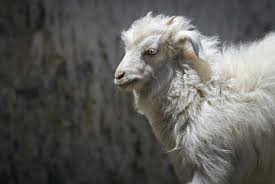

- Chenille. Chenille is the name for both the type of yarn and the fabric that makes the soft material. The threads are purposefully piled when creating the yarn, which resembles the fuzzy exterior of the caterpillar. Chenille is also a woven fabric that can be made from a variety of different fibers, including cotton, silk, wool, and rayon.Chenille was first manufactured in France in the 1780s.
- Chiffon. Chiffon a lightweight, plain-woven fabric with a slight shine. Chiffon has small puckers which are created through the use of s-twist and z-twist crepe yarns, which are twisted counter-clockwise and clockwise respectively. Crepe yarns are also twisted much tighter than standard yarns. The yarns are then woven in a plain weave, which means a single weft thread alternates over and under a single warp thread.
Chiffon is a very light, transparent fabric in canvas weave and produced with crepe twist yarns. The sheer fabric can be woven from a variety of textile types, both synthetic and natural, like silk, nylon, rayon, or polyester.
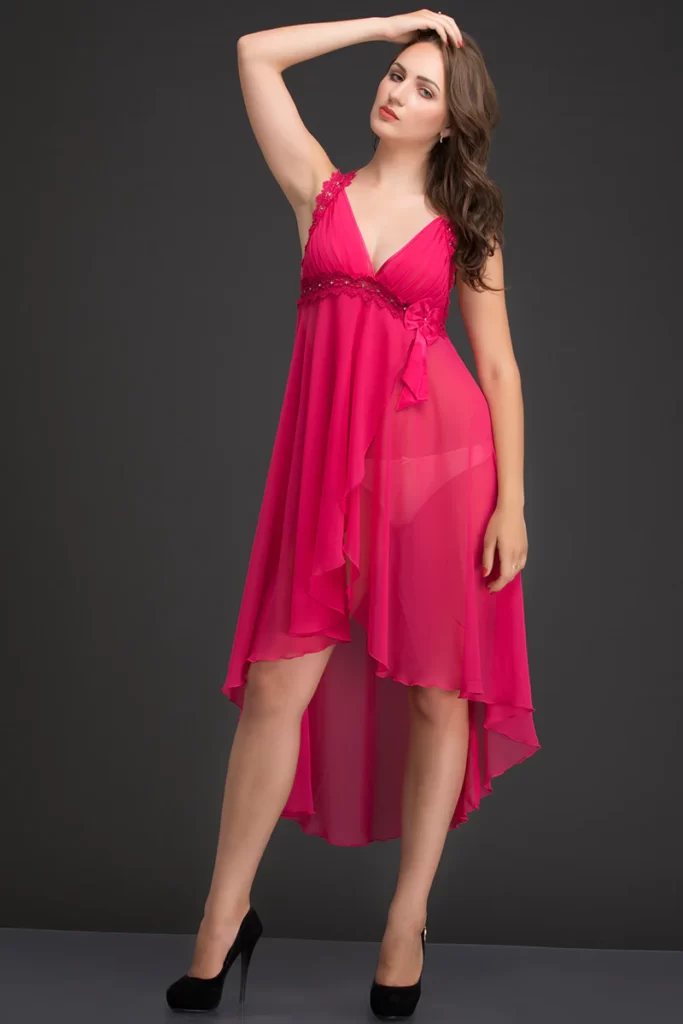
5.Cotton: Cotton, the Soft and Fluffy Fabric Made from Natural Fibers
Composed of varying lengths of fibers, cotton is a staple fiber derived from cotton plants. Rich in cellulose, an organic compound crucial to plant structure, cotton has a soft and fluffy texture that is both comfortable and durable. The fluffy fibers of the cotton plant, called boil, are spun into yarn and woven into fabrics suitable for everyday use, including t-shirts and bed sheets. Available in a wide range of designs, cotton prints and solids continue to be popular choices for clothing and home decor.
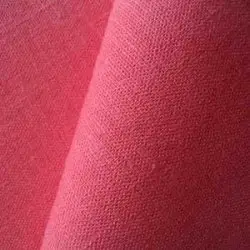
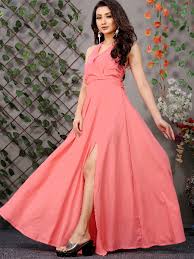
6.Crêpe: Crêpe Fabric: A Unique Textile with Wrinkled Texture
Crêpe is a versatile textile made from silk, wool, or synthetic fibers, featuring a distinctively crinkled and bumpy texture. Its light-to-medium weight, combined with its unique texture, makes it a popular choice for a wide range of clothing items, including dresses, blouses, suits, pants, and more. However, its uses extend beyond just clothing, with crêpe being a favored material in home decor, such as curtains, window treatments, and pillows. Discover the exceptional qualities of crêpe fabric, and how it can elevate your style and interior design.
7.Damask: Damask is an intricately woven fabric that features a reversible jacquard pattern. Unlike printed patterns, damask patterns are woven directly into the fabric. The design is created using a satin weave while the background is produced through a combination of plain, twill, or sateen weave. Damask fabrics can come in single or multi-colored patterns and are available in various textiles such as silk, linen, cotton, wool, and synthetic fibers like rayon.
While traditionally made from natural fibers, synthetic damasks are also widely available today.
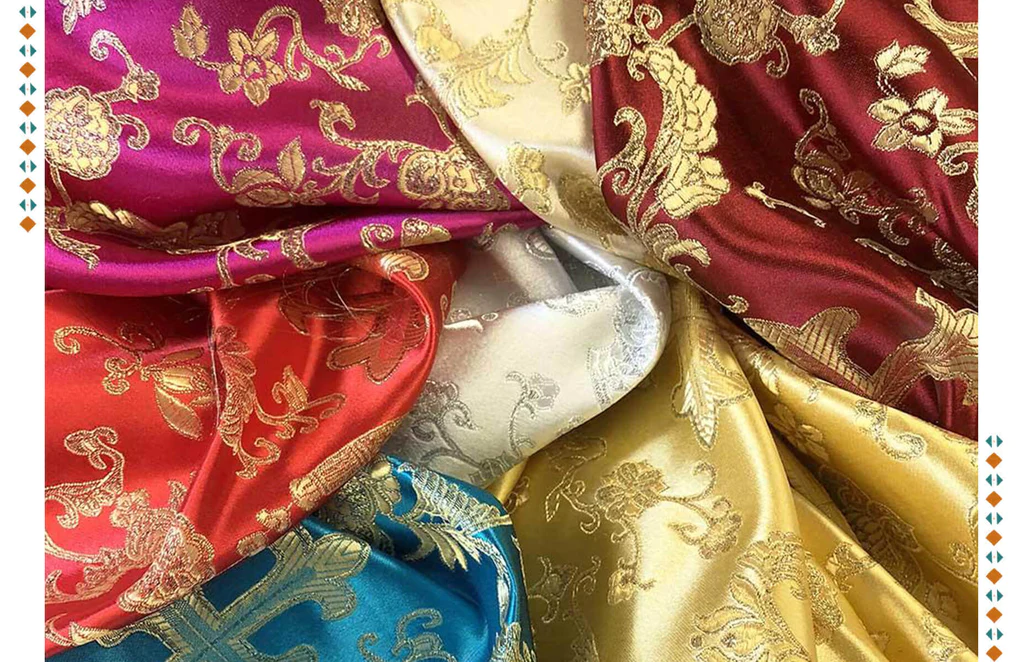
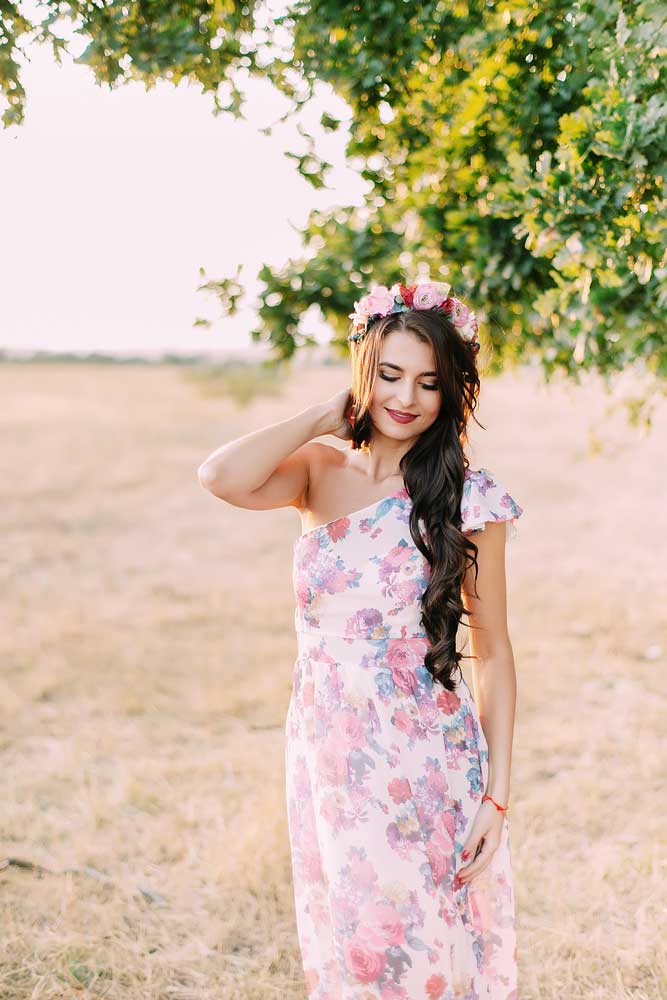
- Georgette. Georgette is a type of crêpe fabric that is typically made from pure silk but can also be made from synthetic fibers like rayon, viscose, and polyester. Crêpe georgette is woven using tightly twisted yarns, which create a slight crinkle effect on the surface Georgette is sheer and lightweight and has a dull, matte finish.. Silk georgette is very similar to silk chiffon, which is also a type of crêpe fabric, but georgette is not as sheer as chiffon because of the tighter weave. Georgette fabrics are sometimes sold in solid colors but often georgette is printed and boasts colorful, floral prints.
9.Gingham: Gingham, a fabric commonly utilized in the textile industry, is predominantly made of cotton or a cotton blend material. It features a checked pattern formed by weaving dyed yarn using a plain weave technique. Typically, this two-color pattern employs red and white or blue and white combinations, with various sizes of checks available. Moreover, the reversible design of gingham allows it to appear identical on both sides. Due to its low cost and easy manufacturability, gingham has become a popular choice for a range of items, including button-down shirts, dresses, and tablecloths. A Model Wearing Gingham Gown (see pic)
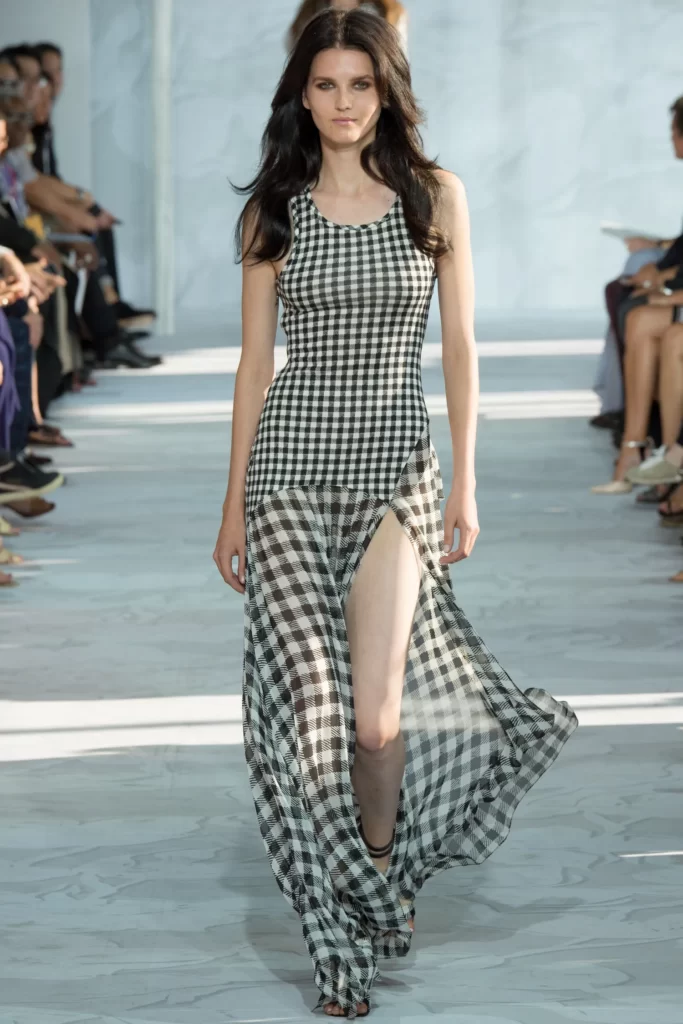
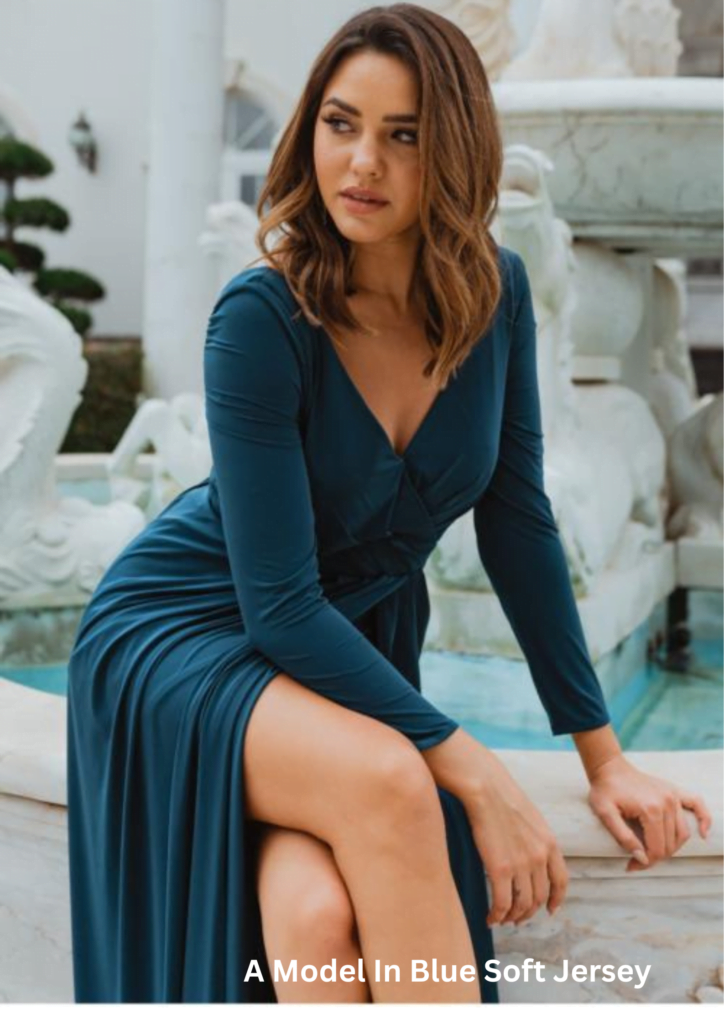
10.Jersey: Jersey is a supple and elastic knit fabric that was initially crafted from wool. However, nowadays, jersey is also manufactured using cotton, cotton blends, and synthetic fibers. The front side of the jersey knit material is sleek with a delicate single rib knit, while the reverse side is covered in loops. Generally, the fabric is lightweight to medium-weight and is employed in various apparel and household goods, such as sweatshirts or bed linens.
One of the significant advantages of using jersey knit fabric is that it provides warmth and comfort, while also being more resilient than the traditional wool fabric. However, the drawback of using modern jersey knits is that they may not facilitate adequate airflow or moisture evaporation.
11.Lace: Lace is a fragile textile produced by weaving yarn or thread into intricate open-work designs and patterns using various techniques. Initially, silk and linen were the primary materials used for making lace, but in contemporary times, cotton thread and synthetic fibers have become common as well. Lace serves as a decorative fabric that enhances the aesthetics of clothing and home decor items. It is considered a luxury fabric owing to the extensive time and skill required to manufacture it.
Lace fabric also possesses excellent stretchability, and when combined with elastic fibers, it becomes highly versatile. This quality makes it suitable for a range of applications, including but not limited to sleeves, lingerie, decollete, multilayered outfits, coats, skirts, dresses, and many more.
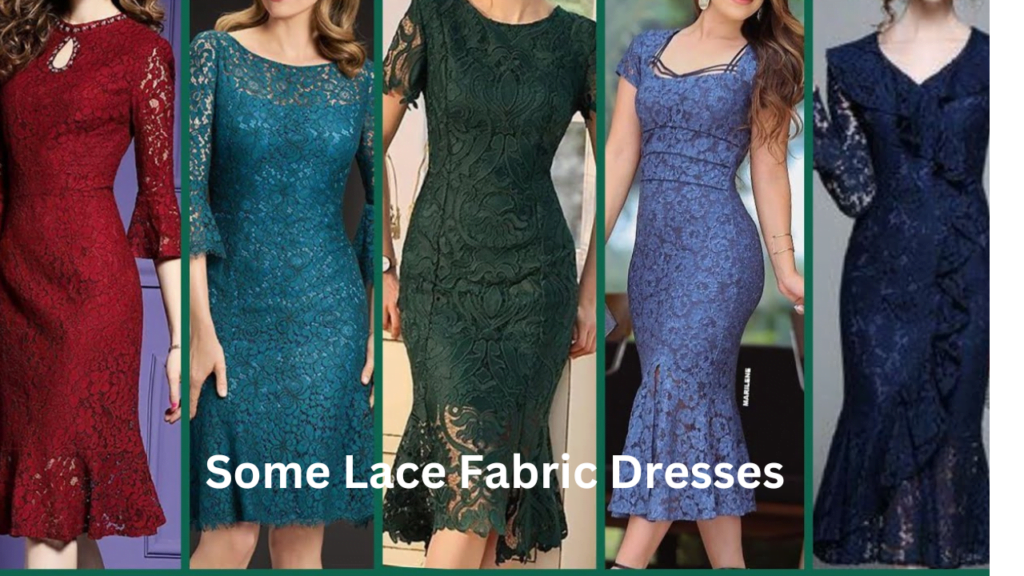
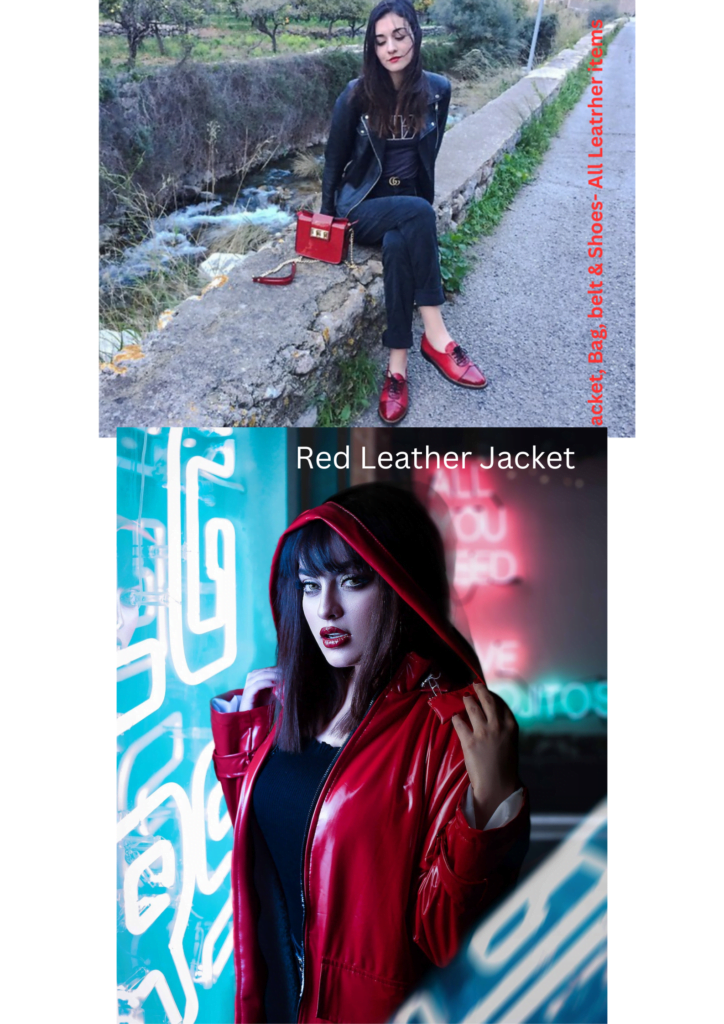
12.Leather: Leather is a fabric derived from animal hides or skins, and its characteristics and properties can vary depending on the type of animal and the treatment methods used. Although cowhide is the most commonly used animal skin, accounting for approximately 65% of all leather produced, virtually any animal hide can be utilized to produce leather, ranging from crocodiles to pigs to stingrays. Leather is renowned for its durability and wrinkle-resistance, and its appearance and texture can be manipulated through a variety of treatments, such as grading and tanning.
Overall, leather is a long-lasting material that maintains its integrity and can adopt a diverse range of looks and textures, contingent on the animal source, grade, and treatment methods applied.
13.Linen: Linen is a remarkably robust and airy fabric that originates from the flax plant. Linen is frequently employed in creating towels, tablecloths, napkins, and bed sheets. Although these household items are not always made from linen, the term “linens” still commonly refers to them. Additionally, the fabric is often used as a lining material in jackets, hence the name “lining.”
Linen fabric is highly absorbent and breathable, rendering it an excellent choice for summer clothing. The fabric’s lightness permits air to pass through, which helps to regulate body temperature and keep the wearer cool.
To differentiate between linen and cotton fabric, you can conduct a simple test. Wet your finger with clean water and press it against the fabric. The fabric that absorbs the moisture quicker and penetrates in the opposite direction is most likely linen. This is because linen yarn has fewer fibers on its surface compared to cotton yarn.
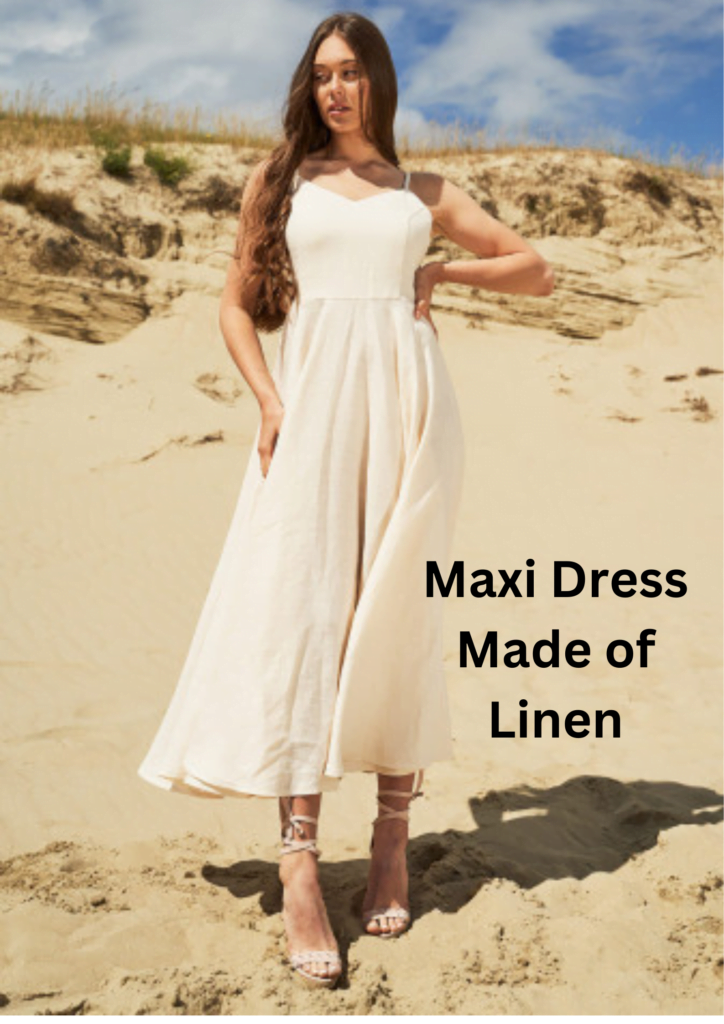
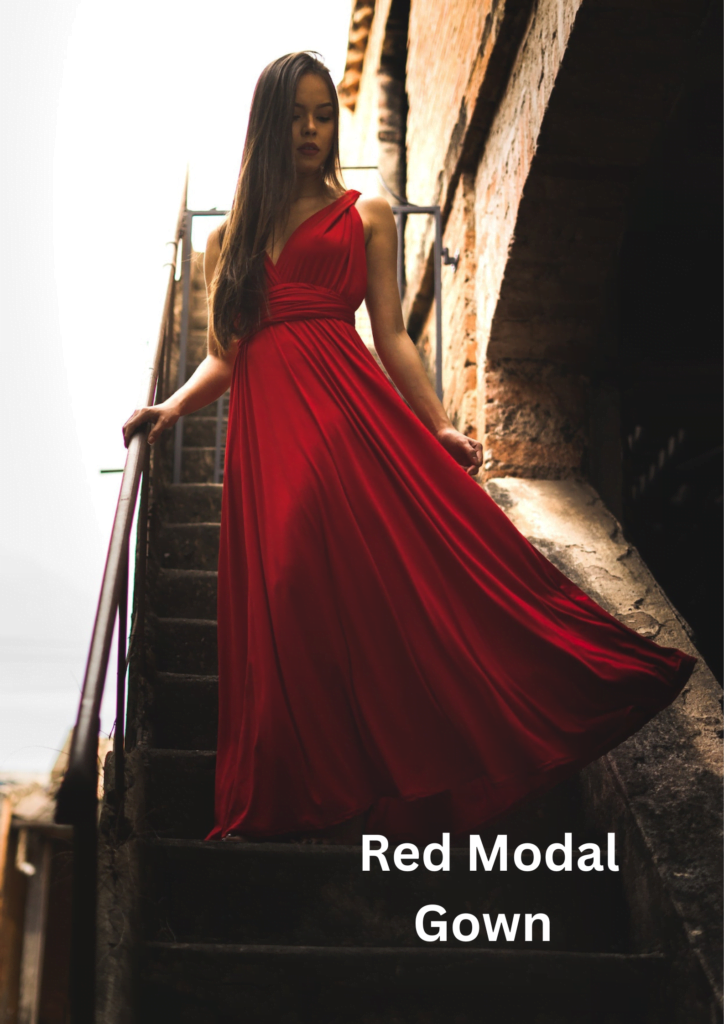
14.Modal: Modal fabric, a type of semi-synthetic textile derived from the pulp of beech trees, is primarily utilized for clothing items such as pajamas and underwear, as well as household essentials like bed sheets and towels. While modal is classified as a form of rayon, it boasts greater durability and flexibility than its plant-based counterpart. To enhance its strength, modal is often blended with other fibers such as cotton and spandex. Despite its high cost in comparison to cotton and viscose, modal is highly regarded as a luxurious textile due to its soft texture.
Modal Fabric is bio-degradable, Less Likely to Shrink ,Breathable and Durable. But to some people, it can cause medical issues and Allergy, like rashes, itching & redness.
15.Muslin: Muslin is a type of cotton fabric that is woven loosely using the plain weave technique. This method involves a single weft yarn alternating over and under a single warp yarn. Muslin is renowned for its usage in fashion prototypes for testing patterns before cutting and stitching the final product. Its lightweight and gauzy texture makes it an ideal option for testing patterns as it can imitate drape and fit well, in addition to being easy to sew with.
Muslin is known for its lightweight and soft texture. It has a long history that dates back to ancient times. Muslin is believed to have originated in the region now known as Bangladesh, which was historically known as Bengal, it was Part of India before independence.
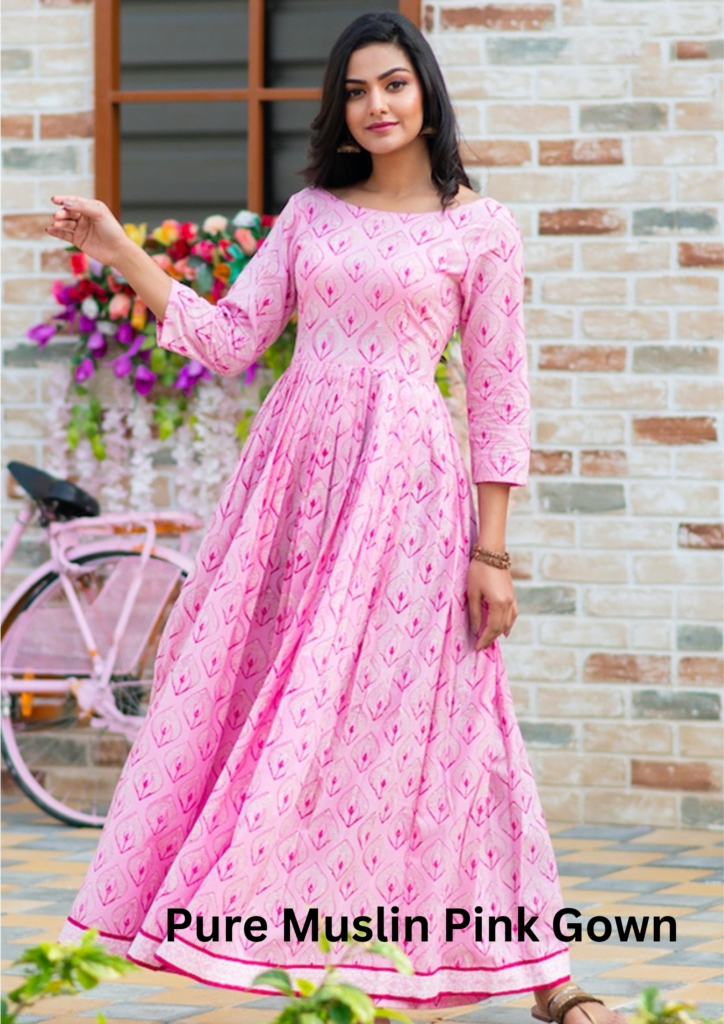
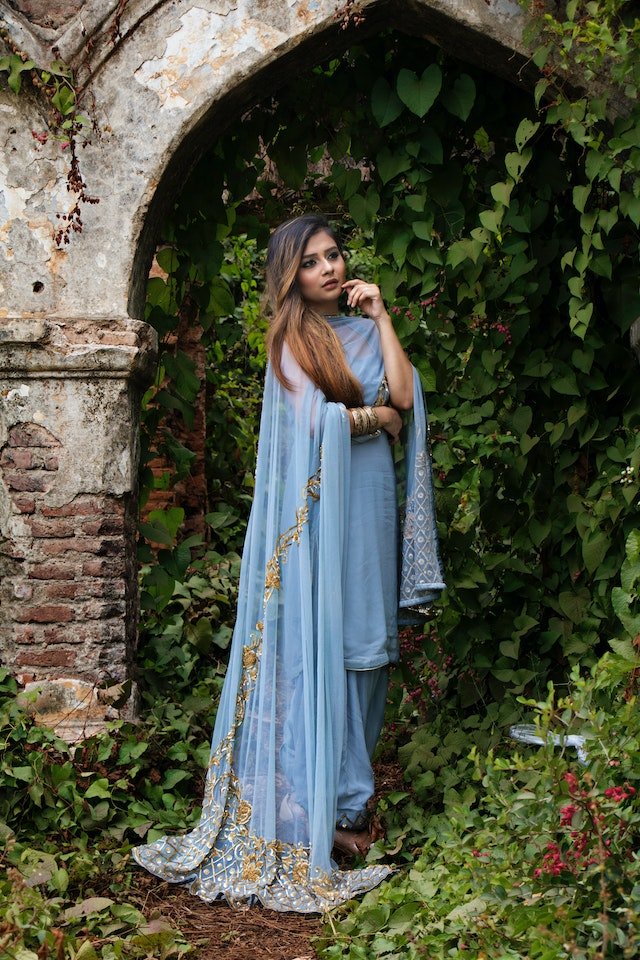
16.Rayon: Rayon is a semi-synthetic fabric, known for its soft and comfortable texture. Its luxurious appearance has made it a popular choice in the fashion industry, where the combination of comfort and luxury is highly desirable. Rayon has excellent moisture absorption properties, making it a cool and airy fabric in warm weather. Additionally, it is wrinkle-free and maintains its shape and color well.
However, there are a few disadvantages to consider, such as the fabric’s tendency to shrink quickly during washing. It’s also worth noting that Rayon loses strength when it becomes wet.
17.Polyester: Polyester is a man-made synthetic fiber made from petrochemicals. It is highly durable but not very breathable, and it doesn’t absorb sweat and liquids very well, which make it highly stain-resistant.
Polyester blends have gained popularity due to their ability to combine the strengths of polyester’s durability with the breathability of other fabrics. By blending polyester with another fabric, the resulting fabric is more breathable than pure polyester, while retaining its durability.
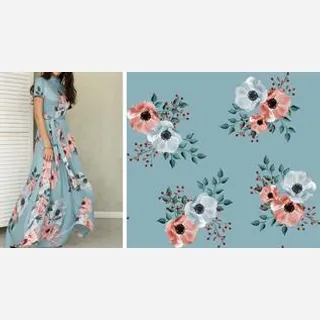
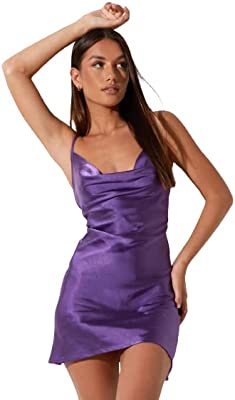
18.Satin: Satin is a type of fabric weave, along with plain and twill weaves. The satin weave produces a soft, shiny, and stretchy fabric with a lovely drape. Satin has a smooth and lustrous surface on one side, with a duller surface on the other. The technique used to weave satin creates this unique texture, and there are many different ways to create a satin weave.
Originally, satin was made using silk, which is a long, continuous thread pulled from a silkworms cocoon. Now Satin is made from Polyester and Rayon. It is difficult to sew and work with because of its shiny, slippery texture.
Its not so durable, as it tends to snag.
Wrap-up: The world of fabrics is constantly expanding with an array of options to choose from. Scientists and researchers are continuously experimenting to create innovative fabrics that cater to the ever-evolving fashion trends and changing requirements. With each new discovery, we are provided with even more possibilities to explore and express our unique style. With so many different types of fabrics available, the choices are limitless, allowing us to create outfits that reflect our individuality and creativity.
